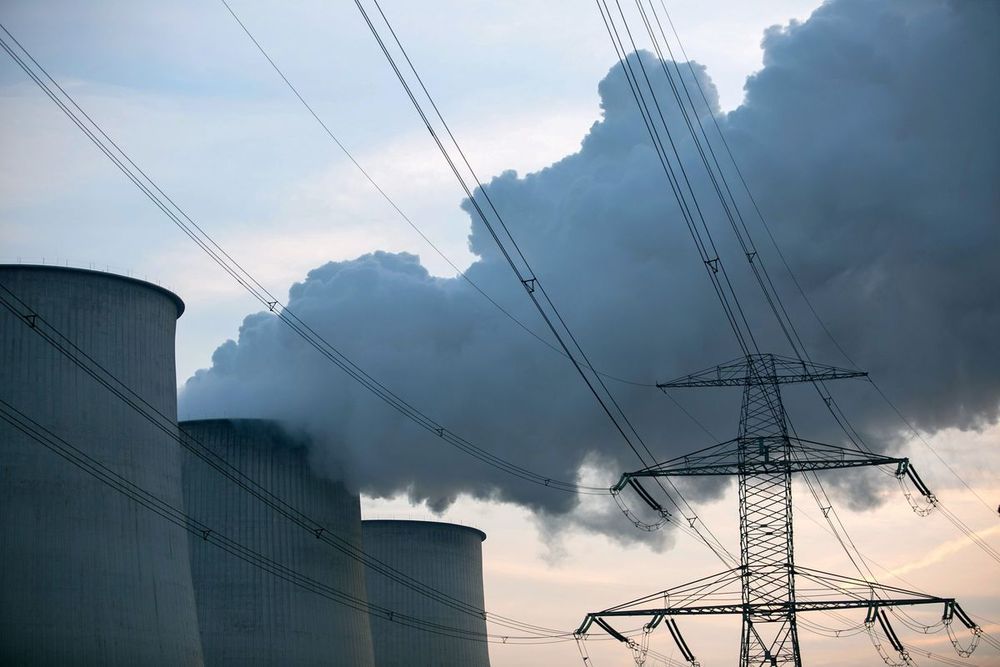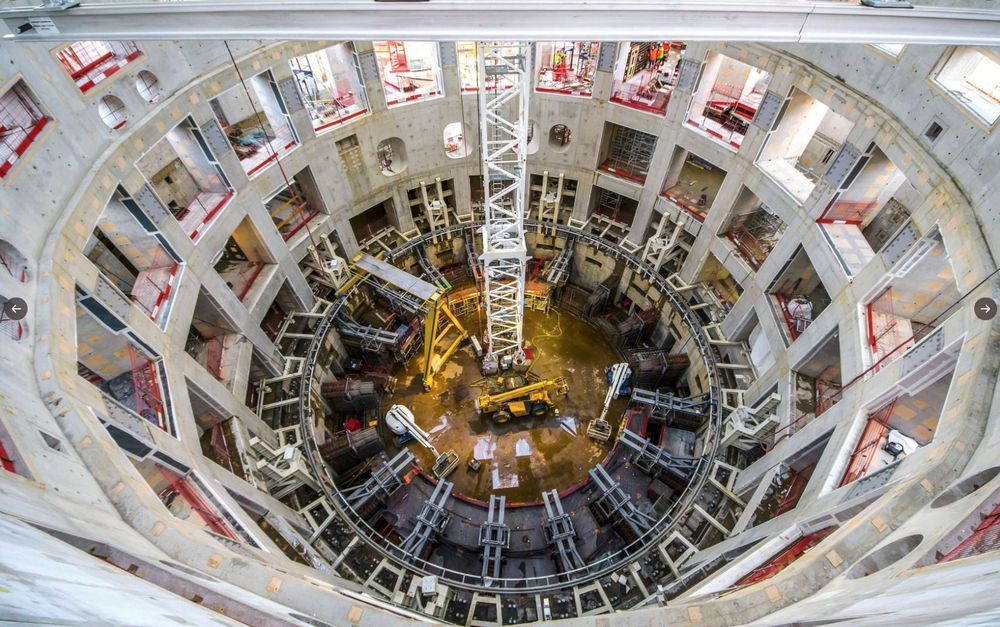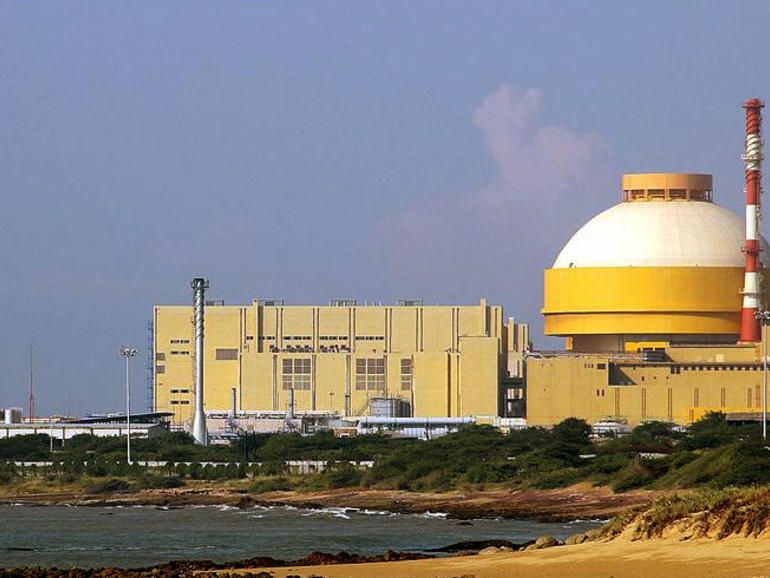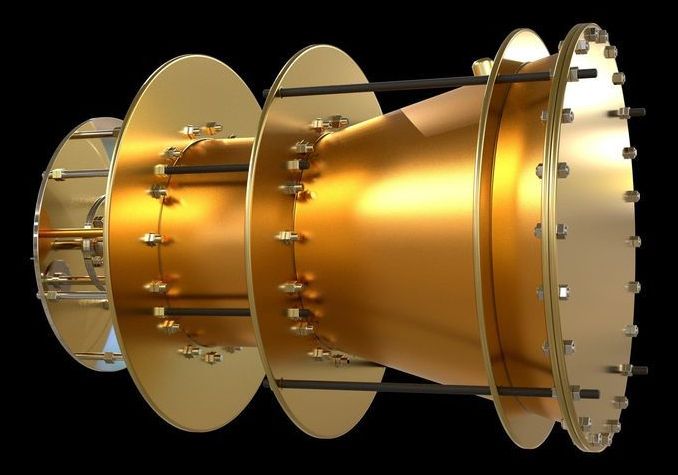After at least a decade of preparations, coal-reliant Poland may be one step away from embarking on its biggest power project ever, with talks on securing the $60 billion in financing entering the final stretch.



The structure that will house one of the largest and most ambitious energy experiments in history is now complete, with engineers working on the ITER Tokamak Building swinging their last pylon into place in readiness for the nuclear fusion reactor’s assembly stage. Nine years in the making, the facility is built to host the type of super-hot high-speed reactions that take place inside the Sun, and hopefully advance our decades-long pursuit of clean and inexhaustible nuclear fusion energy.
In the works since 1985, ITER (International Thermonuclear Experimental Reactor) is a type of nuclear fusion reactor known as a tokamak and is a collaborative project involving thousands of scientists and engineers from 35 countries. These donut-shaped devices are designed to accommodate circular streams of plasma consisting of hydrogen atoms, which are compressed using superconducting magnets so that they fuse together and release monumental amounts of energy.
There are key technological challenges to overcome when it comes to tokamak reactors. Chiefly, these center on bringing them up to the required temperatures and keeping the streams of plasma in place long enough for the reactions to take place.
face_with_colon_three
There’s no telling what you can do when you put your mind to it. Take Richard Hull, he built a small-scale fusion reactor—in a shed, in his backyard. A retired electronics engineer, Hull took a special interest in nuclear fusion. He lives in Lakeside, Virginia, with his cats and likes to pass on his knowledge and collaborate with others on projects. So he invites amateur scientists from all over the United States to meet at his home once a year to check out his reactor and share their inventions.
SUBSCRIBE: https://goo.gl/vR6Acb
#FusionReactor #NuclearFusion #amateur
This story is a part of our Frontiers series, where we bring you front and center to the dreamers, pioneers, and innovators leading society at the cutting edge. Let us take you along for a trip to the oft-imagined but rarely accomplished.
“There are a number of critical technologies that have to be assessed and tested before we go to Mars,” he told Quirks & Quarks host Bob McDonald.
His short-list includes reusable landers, new space suits, mining gear, water and fuel production plants and safe nuclear power sources that could be used to power habitats and equipment on the red planet.
Thirsk himself is currently working with the Canadian Space Agency to investigate the unique biomedical and health care issues involved in long term deep space missions.


A new way to calculate the interaction between a metal and its alloying material could speed the hunt for a new material that combines the hardness of ceramic with the resilience of metal.
The discovery, made by engineers at the University of Michigan, identifies two aspects of this interaction that can accurately predict how a particular alloy will behave—and with fewer demanding, from-scratch quantum mechanical calculations.
“Our findings may enable the use of machine learning algorithms for alloy design, potentially accelerating the search for better alloys that could be used in turbine engines and nuclear reactors,” said Liang Qi, assistant professor of materials science and engineering who led the research.


To go where no man has gone before (and to get back) will require quite a bit of oomph. All that energy must come from somewhere. Traditional chemical rocket fuels could work for some missions, but nuclear-based propulsion systems have several advantages.
Nuclear thermal propulsion (NTP) rockets use a nuclear reaction to heat liquid hydrogen. When the hydrogen is heated, it expands and is forced through a nozzle to produce thrust. This is similar to how air can stream out of the stem of a balloon and cause it to fly across the room. With rockets, this happens with much greater speed and force.
These hydrogen propelled rockets are designed for space exploration, not for use on Earth, and subsequently would not be turned on (i.e. brought critical) until after they left Earth. Although the specific type of fuel for these applications has not been formally selected, the fuel envisioned for use in an NTP environment is uranium fuel.

This does work it essentially is a very powerful microwave oven but it uses the exotic transfer of energy to propel an object. Plasma-based fusion reactors could power it indefinitely as well essentially it just be able to float out of the atmosphere. When it comes to more euclidean geometry or even like curl-free quantum mechanics for essentially space warping I think you could make warp drive with less energy just essentially slip through the ocean of space that is how black holes do it but they do it with gravity wells. I think if a genetic material could do similar things that are how essentially extraterrestrials do it as well it is more just a simple understanding of physics essentially. If the fabled q continuum exists it be essentially the realm of aliens because essentially it allows for travel through the universe without a ship. In fictional stories nightcrawler, a teleporting being was rumored. I think teleportation does exist as it is a qutrit but it is hard understanding travel instantaneously although I think some agencies rumor about it. If we can essentially teleport a photon we can teleport a human being even without a ship it would just require exotic physics and advanced biology. Essentially a portal gun from the Higgs boson could essentially make a physical transfer from one part to another part but it is hard to keep such things stable also there is a problem possibly of radiation you would probably need a suit to travel through a portal. Essentially it could work it just essentially be a wormhole from one point to another point but making that on the skin is essentially too hard unless you understand the properties of wormhole travel better by spaceship it would be easier. Essentially if you knew the physical space-time point by scanning an area you could essentially make a wormhole to that point and travel there. But doing that with genetics is harder as you need exotic properties or a better understanding of essentially of slipping through one place and coming out another.
Scientists have debated for decades whether the propulsion concept known as EmDrive is real or wishful thinking. A sensitive new tool may at last provide an answer.

Assembly of the Plasma Liner Experiment (PLX) at Los Alamos National Laboratory is well underway with the installation of 18 of 36 plasma guns in an ambitious approach to achieving controlled nuclear fusion (Figure 1). The plasma guns are mounted on a spherical chamber, and fire supersonic jets of ionized gas inward to compress and heat a central gas target that serves as fusion fuel. In the meantime, experiments performed with the currently installed plasma guns are providing fundamental data to create simulations of colliding plasma jets, which are crucial for understanding and developing other controlled fusion schemes.
Most fusion experiments employ either magnetic confinement, which relies on powerful magnetic fields to contain a fusion plasma, or inertial confinement, which uses heat and compression to create the conditions for fusion.
The PLX machine combines aspects of both magnetic confinement fusion schemes (e.g. tokamaks) and inertial confinement machines like the National Ignition Facility (NIF). The hybrid approach, although less technologically mature than pure magnetic or inertial confinement concepts, may offer a cheaper and less complex fusion reactor development path. Like tokamaks, the fuel plasma is magnetized to help mitigate losses of particles and thermal energy. Like inertial confinement machines, a heavy imploding shell (the plasma liner) rapidly compresses and heats the fuel to achieve fusion conditions. Instead of NIF’s array of high-power lasers driving a solid capsule, PLX relies on supersonic plasma jets fired from plasma guns.